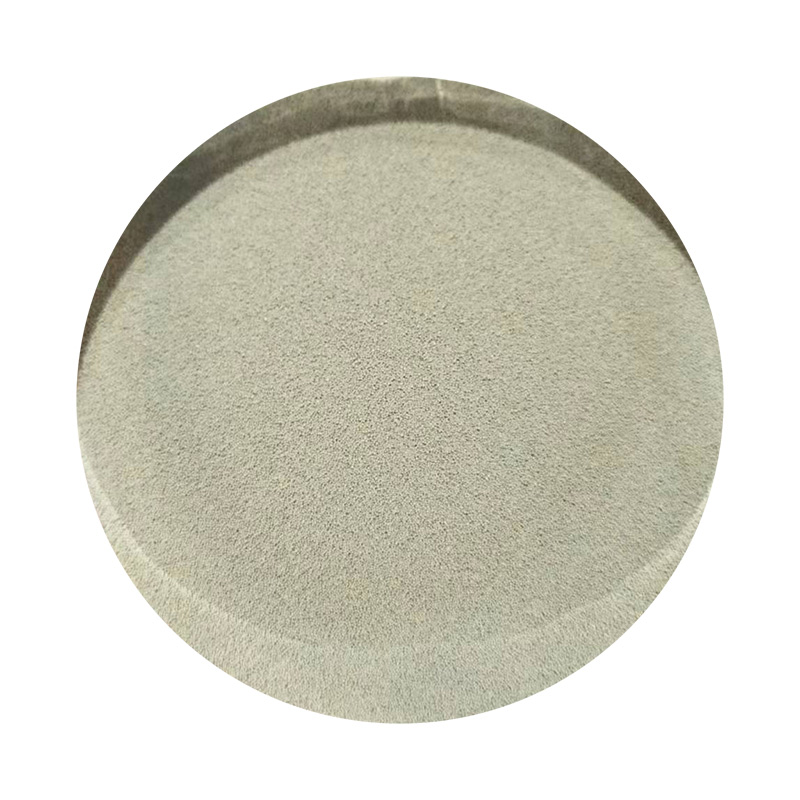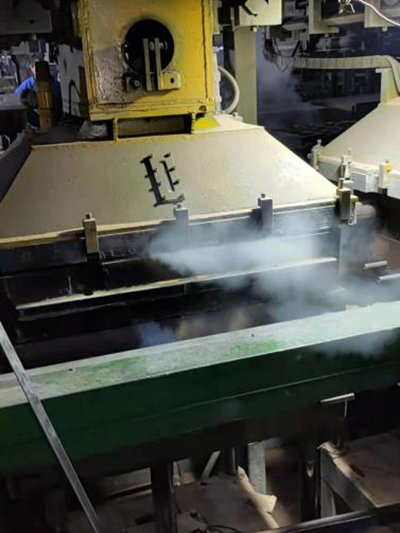

The nuanced selection of these materials requires expertise and a deep understanding of both the process and the desired characteristics of the finished product. Expertise in sand casting involves a harmonious blend of science and craftsmanship. For instance, knowledge of thermodynamics and metallurgy is essential for understanding how metal alloys will behave during the melting and cooling phases. Meanwhile, practical skills in mold making ensure that the sand mold is prepared to exact dimensions and finishes. Choosing the correct materials not only impacts the technical success of a casting but also its economic viability. Sand casting, with its material selection intricacies, offers low production costs due to minimal waste and the ability to recycle significant components of the sand mold. This sustainability aspect resonates with modern manufacturing's push towards environmentally friendly practices. However, it's crucial to emphasize that the properties of the selected materials directly affect the finished product's quality. Imperfections in the sand or inappropriate choice of alloy can lead to defects such as porosity, poor surface finish, and dimensional inaccuracies. Thus, trustworthy collaboration between material providers and foundries is vital. Foundries rely on reputable suppliers who can consistently deliver high-quality materials, ensuring each casting batch meets stringent specifications. In conclusion, while sand casting is a historic method, its continued relevance in today's manufacturing landscape is a testament to its reliability and adaptability, made possible by judicious material selection. Innovations in material processing and quality control are continually enhancing this age-old technique, ensuring that products not only meet modern performance standards but do so at competitive costs. Whether producing a single bespoke component or large-scale batch production, the materials used for sand casting are foundational to the success and sustainability of this indispensable manufacturing process. Post time:Feb . 04, 2025 05:45
Next:Ceramcast sand ball shape for sand casting
